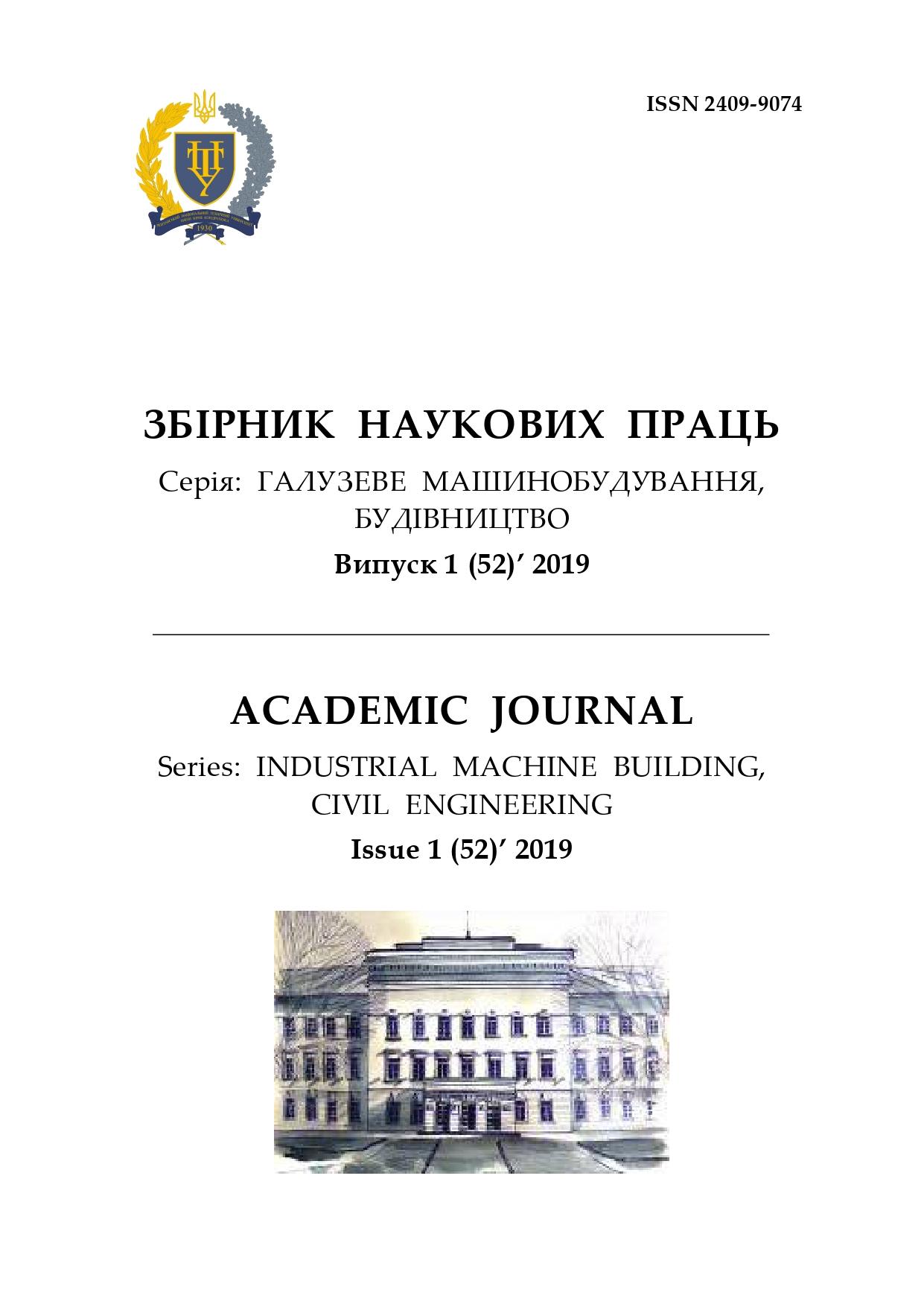Accidents features in construction
DOI:
https://doi.org/10.26906/znp.2019.52.1681Keywords:
buildings and structures, building structures, failures, building accidentsAbstract
This work aims to highlight the problem of accidents in the construction industry. On the basis of collected and processed information
the accidents classification in the building is presented, depending on the building erection stage. The article gives
a detailed description and analysis of such cases in the construction. The collection of information on accidents was carried
out using various information sources: Internet resources, literary sources, scientific works and information from world-wide
journalistic services. The findings are presented over the last ten years and cover worldwide construction incidents.
The material is systematized and presented in the table form. The study results are the created accidents classification with
the probability of their occurrence, which can be used later in the design of buildings and structures, in order to predict the
various types of accidents in the construction.
References
Belyaev, B.I. & Kornienko, V.S. (1968). Causes of accidents
of steel structures and methods for their elimination.
Moscow: Stroyizdat.
Lashchenko, M.N. (1969). Accidents of metal structures
of buildings and structures. Leningrad: Stroyizdat.
Sakhnovsky, M.M. & Titov, A.M. (1969). Lessons from
the accident of steel structures. Kiev: Budivelnik.
Shkinev, A.N. (1984). Accidents in construction. Moscow:
Stroyizdat.
Perelmuter, A.V. (2000). Selected problems of reliability
and safety of building structures. Kiev: Publishing House of
UkrNIIProektstalkonstruktsiya.
Eremin, K.I. (2009). Chronicle of accidents of buildings
and structures that occurred in 2009. Prevention of accidents
of buildings and structures. Retrivered from http://chromeextension.
Eremin K.I., Shishkina N.A. (2010). Causes and consequences
of accidents of buildings and structures that occurred
in 2010. Prevention of accidents of buildings and
structures. Retrivered from http://pamag.ru/pazis.
Accident statistics «GCE-North». Retrivered from
DCTU-N B V.1.2-16: 2013. (2013). Visiting the class of
insurance (vdpovdnostalnost) and the category of complexity
about the future. Kiev: Ministry of Ukraine.
Gryb, A. (2010). Collapse of the ceilings of an eightstory
building on Ligovsky Prospekt. Accidents in construction.
Retrivered from http://bcrash.ru
Accidents of buildings and structures on the territory of
the Russian Federation in 2003. Retrivered from
When an unfinished building collapses. Retrivered
from http://kgd.ru
RBS Ukraine. Retrivered from http://daily.rbc.ua
In India, a building collapsed. Retrivered from
In the center of Moscow, a new building collapsed. Retrivered
from http://hronika.info
In Surgut, the collapse of a new building. Retrivered
from http://www.ntv.ru
In the Urals, during the collapse of an unfinished
house, a worker was seriously injured. Retrivered from
Avariya. Retrivered from https://uk.wikipedia.org
The collapse of the building in Tel Aviv: two dead, five
missing. Retrivered from http://9tv.co.il
Orlov, G.G. & Korolchenko, A.D. (2016). Loads destroying
building structures as a result of accidental explosions.
Fire and explosion safety, 3.
https://doi.org/10.18322/PVB.2016.25.03.45-56
Accidents and catastrophes of buildings and structures.
Retrivered from http://isi.sfu-kras.ru
Cases of collapse of buildings abroad in 2011 - 2013.
Retrivered from http://ria.ru/spravka
Pichugin, S.F. & Makhinko, A.V. (2012). Snow and ice
loads on building structures. Poltava: ASMI.
The largest destruction of buildings in the world. Retrivered
from http://enkibiz.com/articles
The collapse of the shopping center "Maxima" in Riga.
Retrivered from https://ru.wikipedia.org
The collapse of a bump in Savarі. Retrivered from
Sports and entertainment complex Transvaal Park. Retrivered
In Brussels, a powerful explosion in a residential
building. Retrivered from https://apostrophe.ua
The skyscraper in Dubai burned like a torch. Retrivered
The towers of the "Federation". Retrivered from
Between 2001 & 2015, an average of 7 people died per
day in Collapse of Structures. Retrivered from
Sokolov, V.A. & Udalov, I.V. (2017). Dostovіrna іnformatsіya
about the natural-technogenic geological environment
is the main factor in the reduction of environmental
rizikіv. Newsletter of the Kharkiv National Karazin University,
series «Geology. Geography. Ecology», 206-210.
Downloads
Published
How to Cite
Issue
Section
Published 2019-07-05




